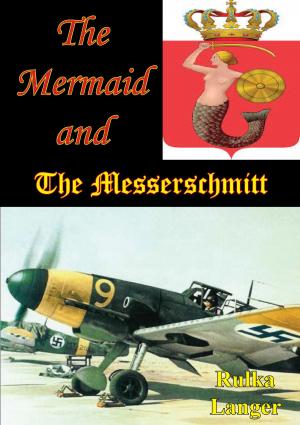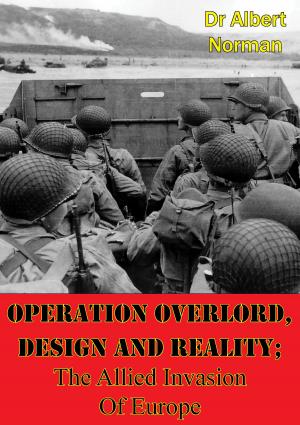Air Power In North Africa, 1942-43: An Additional Perspective
Nonfiction, History, Germany, European General, Military, United States| Author: | Colonel F. Randall Starbuck | ISBN: | 9781782897491 |
| Publisher: | Lucknow Books | Publication: | August 15, 2014 |
| Imprint: | Lucknow Books | Language: | English |
| Author: | Colonel F. Randall Starbuck |
| ISBN: | 9781782897491 |
| Publisher: | Lucknow Books |
| Publication: | August 15, 2014 |
| Imprint: | Lucknow Books |
| Language: | English |
The hastily mounted invasion of French Northwest Africa in November of 1942 was a gamble. It exposed American inexperience. That inexperience went from Roosevelt on down to the soldier in the foxhole. Half-trained men were pitted against Vichy France and didn’t know whether to expect open arms or open fire. Later, those same inexperienced men would meet Rommel at the Kasserine Pass. This naivete was exhibited by both men and leaders. Torch was Eisenhower’s first major operation--a gigantic airlift and sealift preceded by months of intrigue. The outcome of the campaign settled several air power issues and revealed many lessons. The battles fought by the United States forces during the North African Campaign of 1942 and 1943, particularly the Battle for the Kasserine Pass in February 1943, were a breaking and testing ground for much of the employment of those forces during the remainder of the Second World War. Three air power key lessons were learned on the North African battlefield. First was the need for coordination between air and ground forces. Second was the folly of sending untrained airmen into combat. Third was the importance of tactical air targeting by ground force commanders.
The hastily mounted invasion of French Northwest Africa in November of 1942 was a gamble. It exposed American inexperience. That inexperience went from Roosevelt on down to the soldier in the foxhole. Half-trained men were pitted against Vichy France and didn’t know whether to expect open arms or open fire. Later, those same inexperienced men would meet Rommel at the Kasserine Pass. This naivete was exhibited by both men and leaders. Torch was Eisenhower’s first major operation--a gigantic airlift and sealift preceded by months of intrigue. The outcome of the campaign settled several air power issues and revealed many lessons. The battles fought by the United States forces during the North African Campaign of 1942 and 1943, particularly the Battle for the Kasserine Pass in February 1943, were a breaking and testing ground for much of the employment of those forces during the remainder of the Second World War. Three air power key lessons were learned on the North African battlefield. First was the need for coordination between air and ground forces. Second was the folly of sending untrained airmen into combat. Third was the importance of tactical air targeting by ground force commanders.
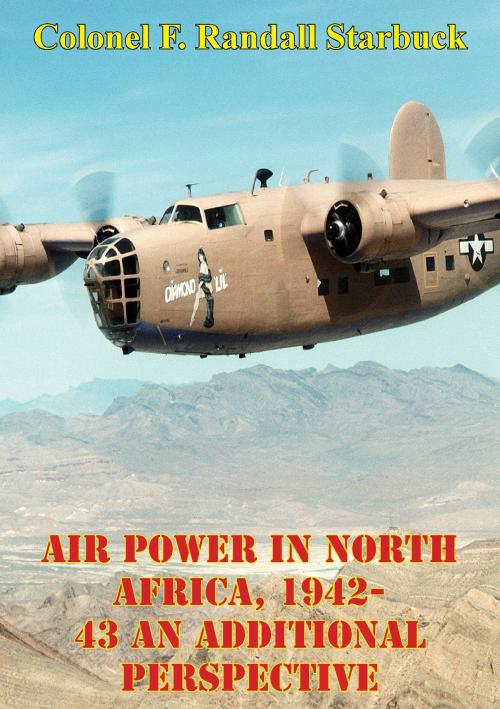
![Cover of the book With Cavalry In 1915, The British Trooper In The Trench Line, Through Second Battle Of Ypres [Illustrated Edition] by Colonel F. Randall Starbuck](https://www.kuoky.com/images/2012/april/300x300/9781782890737-IjQw_300x.jpg)
![Cover of the book The Dardanelles Campaign [Illustrated Edition] by Colonel F. Randall Starbuck](https://www.kuoky.com/images/2012/april/300x300/9781782890997-ILiM_300x.jpg)
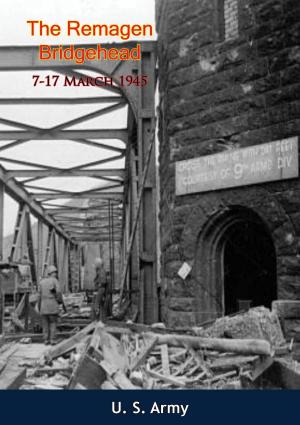

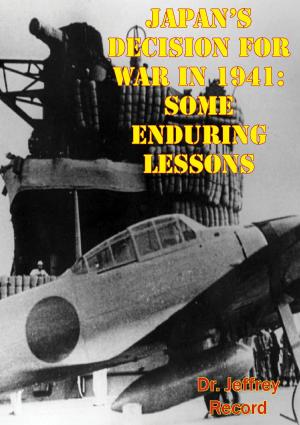
![Cover of the book Contemptible [Illustrated Edition] by Colonel F. Randall Starbuck](https://www.kuoky.com/images/2015/november/300x300/9781786251114-fijE_300x.jpg)
![Cover of the book ANZIO BEACHHEAD (22 January-25 May 1944) [Illustrated Edition] by Colonel F. Randall Starbuck](https://www.kuoky.com/images/2014/august/300x300/9781782894629-iiVi_300x.jpg)

![Cover of the book Sir Douglas Haig's Despatches (December 1915-April 1919) [Illustrated] by Colonel F. Randall Starbuck](https://www.kuoky.com/images/2012/april/300x300/9781782890829-k6SN_300x.jpg)
![Cover of the book With My Regiment From Aisne to La Bassée [Illustrated Edition] by Colonel F. Randall Starbuck](https://www.kuoky.com/images/2015/november/300x300/9781786251053-nJCX_300x.jpg)

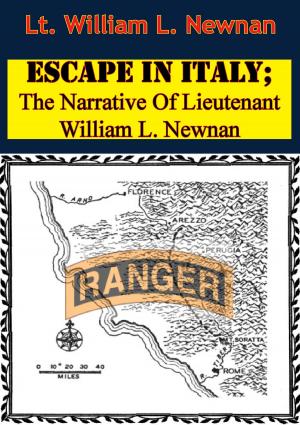
![Cover of the book Forty Days In 1914 [Illustrated Edition] by Colonel F. Randall Starbuck](https://www.kuoky.com/images/2015/november/300x300/9781786255464-bLEQ_300x.jpg)
